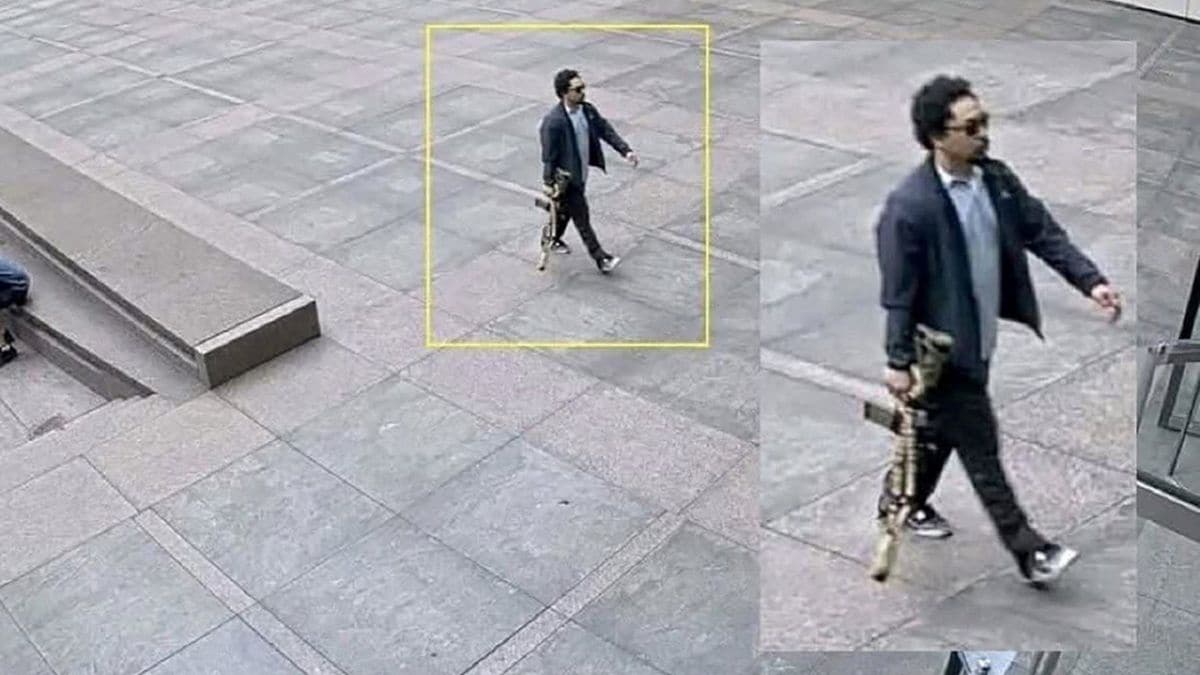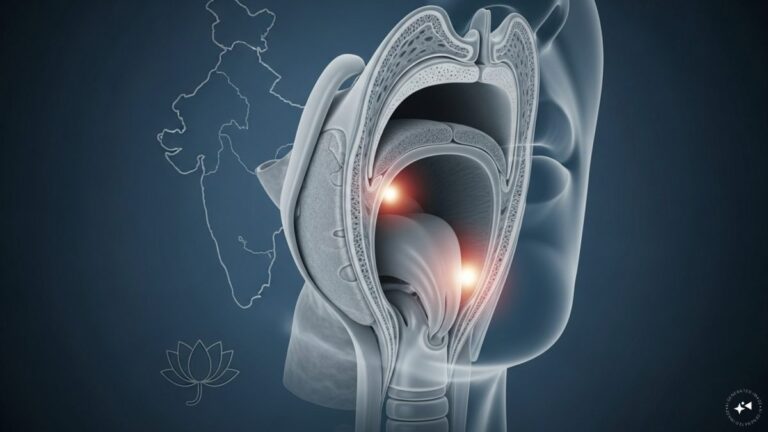The man who shot dead four people at a Manhattan office tower left behind a ‘suicide note’ claiming the National Football League (NFL) was to blame for a brain condition he said he was suffering from.
The suspect has been identified as 27-year-old Shane Tamura, a casino security officer from Las Vegas who used to play high school football.
Police are still investigating the reason behind the attack, which is now considered the worst mass shooting in New York City in a quarter of a century.
Authorities have confirmed that Tamura left a note stating he targeted the NFL’s headquarters because he believed he had chronic traumatic encephalopathy (CTE).
So, what was in the note? What exactly is CTE? And did the shooter really have it?
Let’s take a look:
What did the note say?
Shane Tamura opened fire in the lobby of a Manhattan skyscraper, then shot another person in an office on the 33rd floor before taking his own life on Monday.
Tamura had played high school football in California around ten years ago, though he never played professionally.
According to police, he also had a history of mental health issues, though no further details were shared.
A three-page note was found on his body. In the letter, Tamura accused the NFL of hiding the risks of brain injuries among players in order to protect its profits.
Shane Tamura’s suicide note.
“Study my brain for CTE. The league (NFL) knowingly concealed the dangers to our brains to maximize profits. They failed us.”
He deliberately shot himself in the chest rather than the head. pic.twitter.com/kaG2xJO6wk
— Spencer Hakimian (@SpencerHakimian) July 30, 2025
Police Commissioner Jessica Tisch said the note also referred to a 2013 ‘Frontline’ documentary that featured former NFL players who had developed CTE, a condition linked to repeated blows to the head and common in contact sports.
“‘Study my brain. I’m sorry,” Tisch said, quoting directly from Tamura’s note.
Notably, the note also mentioned former Pittsburgh Steelers player Terry Long, who was diagnosed with CTE and died by suicide after drinking antifreeze two decades ago.
A second note was found at Tamura’s home in Las Vegas on Tuesday.
In it, he wrote something along the lines of: “When I look into you and dad’s eyes, I see complete disappointment,” referring to his parents, sources told The New York Post.
He also named journalists who co-authored ‘League of Denial’, a book on brain injuries in football, and listed several doctors, including Dr Ann McKee, who heads neuropathology at Boston University’s Alzheimer’s centre; Dr Christopher Nowinski, co-founder of BU’s CTE Centre; and Bennet Omalu, the report said.
What is CTE?
The shooting suspect said he was suffering from chronic traumatic encephalopathy (CTE), a brain disease thought to be caused by repeated head injuries.
CTE has been linked to aggression, memory loss, and dementia. It can only be confirmed through a post-mortem examination.
The condition usually affects people who have had frequent head trauma, such as athletes in contact sports or military veterans.
Over time, it causes permanent damage to nerve cells in the brain, a process known as neurodegeneration. This can lead to changes in behaviour, mood, and thinking ability, according to Cleveland Clinic.
Why is it linked to the NFL?
Studies have shown a strong connection between CTE and repeated head impacts, often seen in sports like football, as well as military service and other similar settings.
For years, the NFL denied any link between football and CTE. But in 2016, league officials acknowledged the connection during a hearing before the US Congress.
Since then, the NFL has paid out over $1.4 billion to former players for concussion-related health claims.
The condition gained more public attention with the release of ‘Concussion’, a 2015 film starring Will Smith. The film told the story of Dr Bennet Omalu, the forensic pathologist who first identified CTE in Mike Webster, a former Pittsburgh Steelers player and Hall of Famer.
What are the symptoms?
In its early stages, CTE can cause:
-
changes in mood, including depression or suicidal thoughts
-
shifts in personality
-
behaviour changes, such as aggression or mood swings
As the condition progresses, it affects thinking and memory more severely. Symptoms may include:
-
short-term memory loss
-
confusion, including getting lost or losing track of time
-
trouble with planning and organising
-
movement difficulties
These signs tend to appear gradually, often around a decade after repeated head injuries.
What causes CTE?
CTE is linked to repeated head injuries over many years. Most people diagnosed with it have a long history of such trauma.
Researchers believe that a build-up of abnormal tau proteins in the brain may also play a role. These proteins usually help cells keep their structure, but repeated head impacts can damage brain cells, causing tau proteins to form clumps, according to Cleveland Clinic.
The only known way to reduce your risk of CTE is to avoid repeated blows to the head.
Can CTE be treated?
There is no cure for CTE, but certain treatments can help manage symptoms. These may include:
-
physiotherapy to help with movement issues
-
occupational therapy to assist with daily tasks or adapting your living space
-
speech and language therapy for support with speech, memory, or swallowing problems
Did the NYC shooter have CTE?
There is no way to confirm that at this time.
CTE can only be diagnosed with certainty after death by examining the brain during an autopsy.
With inputs from agencies
























